During the Neolithic Age or New Stone Age, people used stone tools for hunting. They started to live together in a common place at this stage only. This led to more advanced activities, like agriculture and cooking. Potter's wheel was a flagship invention of this period.
In Tamil Culture, pots have got a significant place since time immemorial. Pots of different colours, black, red, and black-red, were made by Tamils artistically in the ancient days. Interestingly, some of these pots remains produce metallic sound while beaten. People engraved signs on pots. These signs might have used for speech and communication. Names were also written on pots to recognize the owner. Perhaps, this habit continues to this day that it is not uncommon to see people write their names on vessels.
Signs were engraved on the shoulder part of the pots. In some of the pots, it was in the middle. From the available evidence, you can discern two types of engravings on the pots. In the first type, the carving was made before sending the pot to the kiln, and in the second, it was made afterwards. Many of the pot remains in Tamil Nadu contain the second type of engravings.
In the excavations carried out so far (169 excavations) in Tamil Nadu, viz., Adhichanallur, Sanur, Kodumanal, Azhagan Kulam, Porundhal, Mangudi and Keezhadi, exterior layers of the excavation sites contained pot remains with ancient Tamil script (Tamil Brahmi Script), whereas the interior layers gave out sign-bearing pots. These signs are similar to the signs of the Indus script.
It is to be noted that many of the sign or script-bearing pots were discovered at Kodumanal. According to Professor Dr. K. Rajan, who carried out excavations at this historic site, these unique signs might have been the source for ancient Tamil script.
 A seal containing Indus Characters was discovered at Anaikotai, Sri Lanka, in which there were also three ancient Tamil letters inscripted below the Indus characters. Professor Indirabala is of the opinion that the seal may be bi-lingual.
A seal containing Indus Characters was discovered at Anaikotai, Sri Lanka, in which there were also three ancient Tamil letters inscripted below the Indus characters. Professor Indirabala is of the opinion that the seal may be bi-lingual.
Apart from pots and seals, cave drawings in Tamil Nadu too contain signs similar to Indus scripts. Kilvalai near Villupuram is one such example, where you can see Indus signs in the rock paintings. Likewise, in a Neolithic tool discovered at Chembiyankandiyur, Indus signs are seen.
Based on the findings so far, it is possible to conclude that in many of the pot remains discovered in Tamil Nadu, the ancient Tamils simultaneously used Indus signs. These signs might have led to the development of ancient Tamil Script in the following years.
A collection of images of the signs of Indus Valley Civilization and the signs discovered in Tamil Nadu is given below.
| Place | Pot Sign | Indus Script |
| Kodumanal |  |
 |
| Kodumanal | 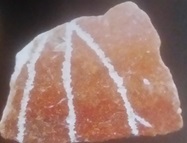 |
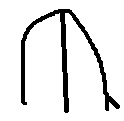 |
| Kodumanal |  |
 |
| Keezhadi | 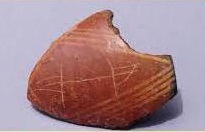 |
 |
| Kottamangalam |  |
 |
| Azhagan Kulam | 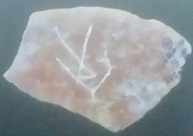 |
 |
| Azhagan Kulam | 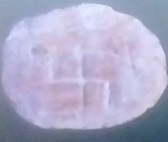 |
 |
| Thirunarungkonrai | 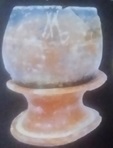 |
 |
| Kottamangalam |  |
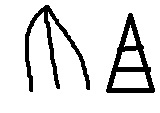 |
| Parikkalnatham | 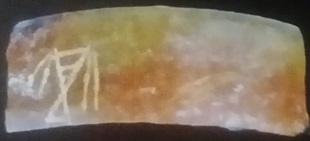 |
 |
| Adhichanallur | 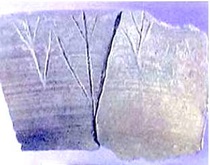 |
 |
| Adhichanallur |  |
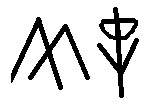 |
***
Written by Dr. P. Venkatesan, Walajapet, published in a Tamil Magazine 'Sinthanaiyalan Pongal Special Edition', Jan 2019.
Translated by Nandhakumar Radhakrishnan
You can send your articles to This email address is being protected from spambots. You need JavaScript enabled to view it.